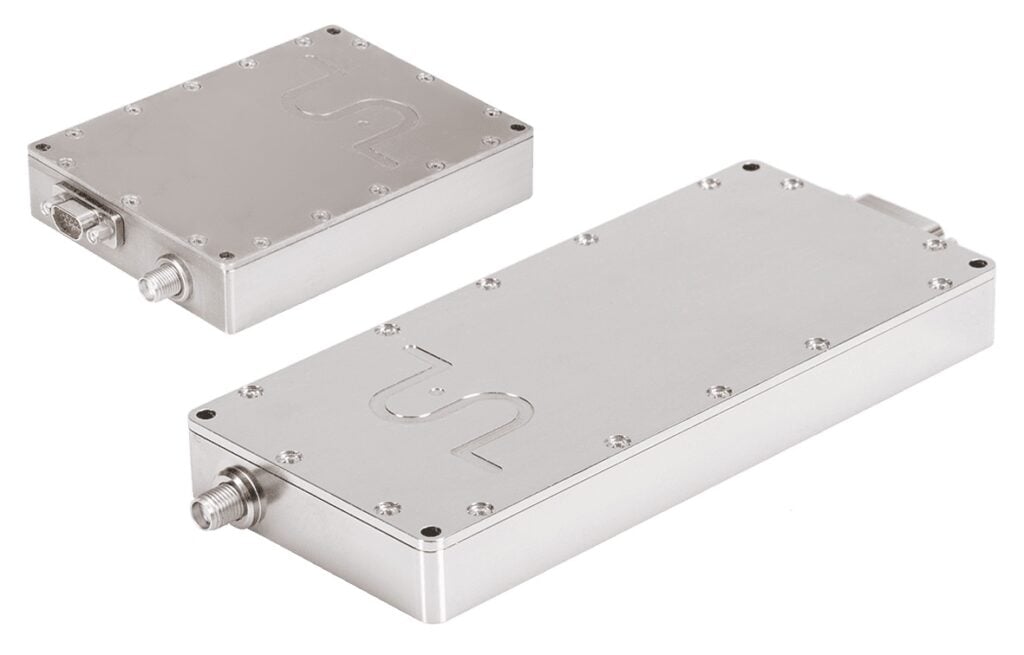Communications and RF technologies specialist TUALCOM discusses the benefits of Time Division Multiple Access (TDMA) technology within modern data links.
Time Division Multiple Access (TDMA) is a channel access method used to share a single channel among multiple users by dividing the channel into time slots, and it plays an important role in modern data link systems.
TDM data links are capable of forming ad-hoc networks and allow participants to automatically join, rejoin or leave the network. Each user is allocated one or more time slots during which they can transmit their data. Time slot reallocation can provide high bandwidth for a specific user.
Modern data link systems utilize TDMA to maximise frequency spectrum utilization through effective use by dividing it into time slots. This allows multiple users to share the same frequency channel without interference.
TDMA systems offer flexibility in allocating bandwidth to users, and can support variable data rates by assigning different numbers of time slots to users based on their data rate requirements.
TDMA Time Synchronization
A critical requirement for TDMA systems is time synchronization among users. Precise time synchronization ensures that each user knows when its allocated time slots occur, ensuring smooth data transmission and preventing data collisions that can occur in other channel access methods like Carrier Sense Multiple Access (CSMA).
Many modern data link systems employ various synchronization techniques, such as GPS-based timing or network-based synchronization protocols, to achieve accurate time synchronization. However, TUALCOM data links employ a proprietary approach that allows automatic time synchronization without the need for an external time source.
Tactical Communication for UAVs
The S Band TDMA MESH (ADHOC) data link is based on the TDMA communication algorithm and enables the use of both point-point and point-multipoint communication.
Used in applications where a communication network is established, the compact data link incorporates a SDR modem in which advanced modulation techniques are used for improved performance and spectrum utilization.
The system has relay capability for establishing mesh networks with self-healing and self-forming features. An additional option is AES-256 encryption and spread spectrum techniques like FHSS or DSSS, plus data rate can be adjusted up to 10 Mbps manually or automatically depending on the nature of the application.
Compatibility and Quality of Service (QoS) Support
TDMA technology has been around for decades and is backwards compatible with many legacy analog systems. This compatibility makes it easier to integrate TDMA-based data link systems into existing infrastructure by utilizing analog-to-digital conversion.
Enabling efficient and reliable communication among multiple users in wireless networks, TDMA systems are flexible, efficient, and can support various QoS requirements by adjusting parameters such as time slot duration, priority scheduling, and bandwidth allocation.
The ability to prioritize certain types of traffic, such as voice or video data, over others, ensures a consistent and reliable user experience and makes TDMA technology a preferred choice for many communication applications, including cellular networks, satellite communication systems, and industrial IoT networks.











